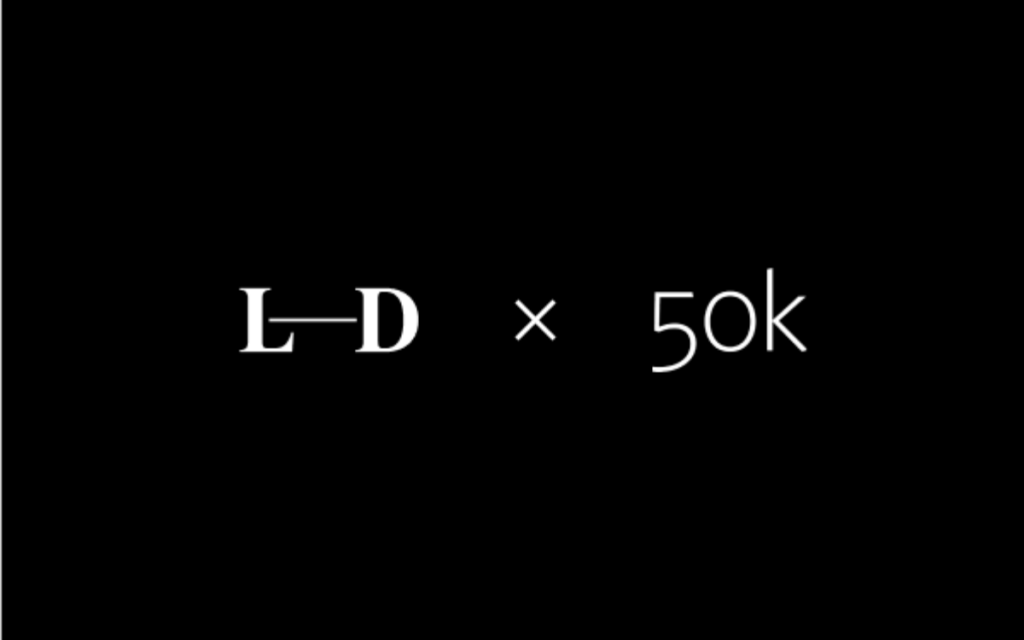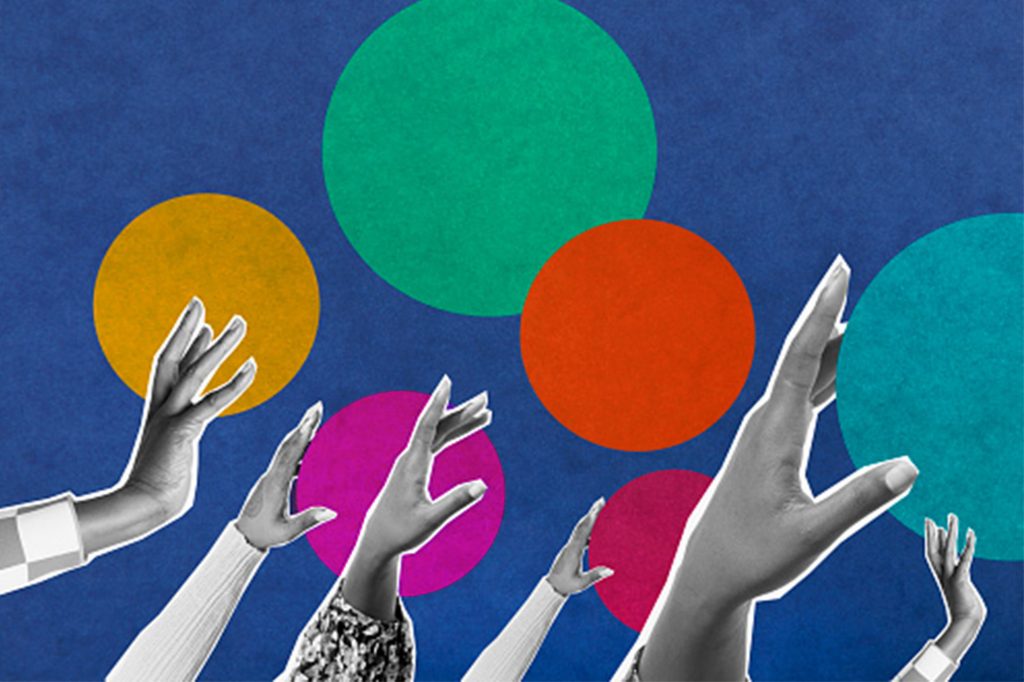The hidden community in your loyalty program
Loyalty programs can capture more than a share of wallets. They can build better products and brands through the latent communities within them.
Kate Watts is CEO of Long Dash. She formerly founded Faire Design and held the role of president, U.S. at the global agency Huge.
This piece was originally published by The Drum.
We are amid a perfect storm that requires brand leaders to focus on loyalty over reach. Stronger privacy regulations and the end to cookies weakens ad-retargeting technology that helped businesses find new customers with minimal effort. And now, executives decreasing ad spend in anticipation of economic headwinds are accelerating the shift away from programmatic media. Efforts to drive one-time sales is less sustainable than bringing new audiences deeper into the fold for engagement, feedback, and patronage. The time to reimagine loyalty programs has arrived.
Loyalty is defined by audiences making a brand a trusted part of their life. This could entail visiting an online community in-between meetings or reading a newsletter with your morning coffee. These loyal relationships yield more engagement, brand ambassadorship, and revenue. The surest way to do this is to make community and co-ownership central to loyalty programs. And yet, many loyalty programs resemble buying friends, rather than deepening brand affinity.
Loyalty programs have never been about loyalty
Brands are keen on having loyalty programs — there more than 3 billion customers enrolled in them nationwide — but the strategy behind them can be misguided. They award customers with products and discounts for repeat purchases, product reviews, and referrals. Business writer Ana Andjelic says that “This sort of bribery usually attracts the least loyal—and least valuable—audience who is mostly interested in the positive transaction utility and has a low brand investment (once they claim a reward, they can unfollow the brand.)”
“This sort of bribery usually attracts the least loyal—and least valuable—audience who is mostly interested in the positive transaction utility and has a low brand investment (once they claim a reward, they can unfollow the brand.)”
Brands see 30 percent of new loyalty program members spend more immediately after subscribing. But two-thirds of consumers trying a new brand this year subscribed due to a lower price. Most loyalty programs boost short-term numbers but socialize a transactional dynamic. They miss out on the chance to learn anything insightful about audiences, unearth unexpected revenue streams, glean ideas for product development, or lower marketing expenses.
Discounts and rewards require widespread adoption so that the increase in purchases significantly exceeds the freebies. When the incentive disappears, or there are hurdles to redeeming rewards, the program can backfire. Research from the Wharton School shows that loyalty program members were likely to be more upset if they experienced challenges like stockouts, shipping delays, and product damage than non-members.
Come for the perks, but stay for the community
True loyalty is activated through peer-to-peer connection. It’s a shared bond built on reciprocity, mutual interest, and shared experiences with trust as its center.
True loyalty is activated through peer-to-peer connection. It’s a shared bond built on reciprocity, mutual interest, and shared experiences with trust as its center.
Research shows that 83 percent of people say their community defines them as a person. As such, cultivating community—virtual or digital—must become core to any loyalty program to earn engagement and consumption. Luckily, consumers are ready for this. Our national study shows more than half of consumers said they want to feel more connected to a community of people who share their affinity to a particular brand. That feeling is even stronger for Millennials and Gen Z, 71 percent of whom crave this connection.
The collectivist mindset improves participation for brands. Brands are after zero-party or first-party data to understand audiences, but fans from a true loyalty program can offer what we call 1:1 data. This is when mutually beneficial insights are offered freely with the shared goal of improving experiences for the community while building a stronger brand. Bringing fans closer would be a simple activation of latent communities, rather than an overhaul for already well-designed loyalty programs.
Starbucks’s Odyssey program recently did just this by adding Web3 offering to its loyalty program, allowing its 25 million members to become part of a Web3 community. Individuals can collect and buy NFTs when they engage in activities alongside other Starbucks enthusiasts. These NFTs can be sold on a secondary market to make real profits, or points gained from them can be traded for experiences ranging from barista classes to an all-expense paid trip to its coffee farm in Central America.
Sign up for OnBrand
Our weekly digest featuring ideas on the future of brand.
Sometimes niche yields more than mass
While large membership numbers support data-gathering at scale, brands can rework loyalty programs to enlist the highest-quality data from true loyalists. Patagonia’s PRO Community program offers a range of special benefits to outdoor professionals and advocates. Membership requires an application, annual renewal, and abiding by community guidelines. The program specifies that it’s not a sponsorship program, preserving its authenticity. In creating trust and filtering out less-serious enthusiasts, Patagonia has cultivated a community of people so invested in the brand that they would willingly share insights to improve campaigns and products.
Member-led efforts and co-ownership deepens loyalty
Similarly, profit-sharing gives loyal members a stake in contributing to the overall success of the brand over time, rather than incentivizing a short-term transaction. Roblox is a digital gaming company that understands that rewarding meaningful contributions creates a virtuous cycle of shared success. Roblox incentivizes players to create games by paying them through in-platform currency called Robux that can be converted into fiat currencies through their Developer Exchange. The amount is based on engagement and the popularity of players’ creations. Today, Roblox’s economy of user-generated content has resulted in an additional 50 billion users and half a billion dollars paid to user-developers annually. The company was valued at nearly $42 billion when it went public last year. Loyalty programs could employ something similar by rewarding members for participation and adding real value to their products.
Like all relationships, it takes time to build trust. Using loyalty programs to enlist member input and co-ownership gives people a far better reason to be loyal than a quick discount. After all, true loyalty is earned, not bought.





